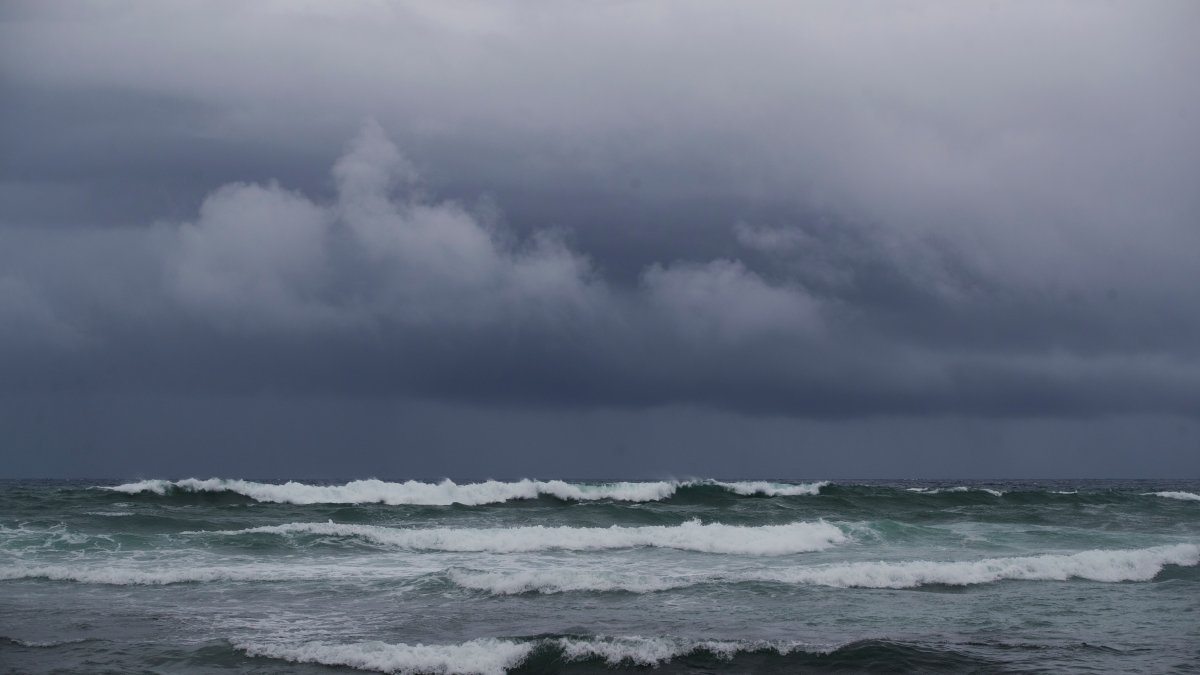The National Hurricane Center (NHC) said that Tropical Storm Nigel, which formed in the last few hours over the open waters of the Atlantic Ocean, will strengthen in the center of the ocean this Sunday and become a hurricane tomorrow, Monday.
Nigel’s center was upgraded to a storm on Friday after forming as Tropical Depression 15, and is located about 990 miles northeast of the Lesser Antilles and 1,115 miles east-southeast of the Bemutas Islands.
It is currently packing maximum sustained winds of 60 mph as it moves toward the northwest Atlantic, but is expected to “further strengthen” so Nigel could become a hurricane tonight or early Monday, the Miami, Florida-based observatory warned. .
Additionally, it is forecast to approach severe hurricane strength by the middle of next week.
A tropical storm’s winds extend up to 140 miles from its center. At this time, there are no coastal watches or advisories in effect.
According to the NHC track map, Nigel will be a major hurricane from Category 3 on the Saffir-Simpson scale of hurricanes, which establish categories 1 through 5 according to hurricane intensity.
Other storms
Meanwhile, the HNC issued its latest bulletin this Sunday on post-tropical storm Lee, which has affected parts of Maine in the US and Nova Scotia in Canada in the past few hours.
Lee’s maximum sustained winds are now at 45 mph and are forecast to gradually and continue to weaken over the next two days, so Lee could dissipate by next Tuesday, the NHC said.
Post-Tropical Hurricane Lee made landfall in Nova Scotia this Saturday, knocking out more than 90,000 subscribers in the state of Maine as it crossed the United States.
Lee made landfall especially on Long Island, with maximum sustained winds of 70 mph, the NHC said.
Along its path, Lee reached Category 5, the maximum, on the Saffir-Simpson intensity scale as it became a hurricane in the center of the Atlantic on September 6.





